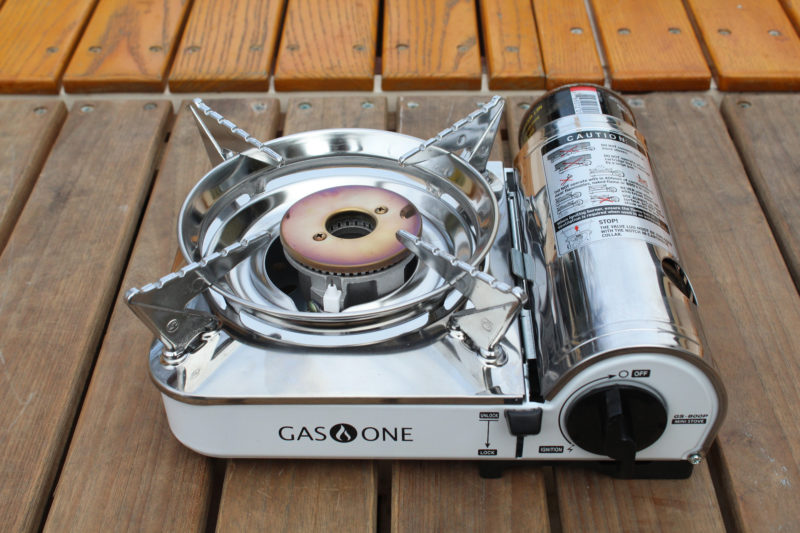 Photographs by the author
Photographs by the authorThe GasOne Mini has a body made of plated steel and enameled steel.
I’ve used a variety of backpacking stoves for camp-cruising, and for the past 15 years I’ve happily settled on portable gas stoves that use butane cartridges. When I discovered the much more compact GS-800P Mini Camp Stove from Gas One, which uses both butane and propane, I had to have one. I liked the idea of being able to use my favorite kind of stove with the propane cylinders I seem to accumulate for soldering torches. My son, who has taken to camp-cruising, also uses propane cylinders on his galley stove and grill for cooking meals onboard.
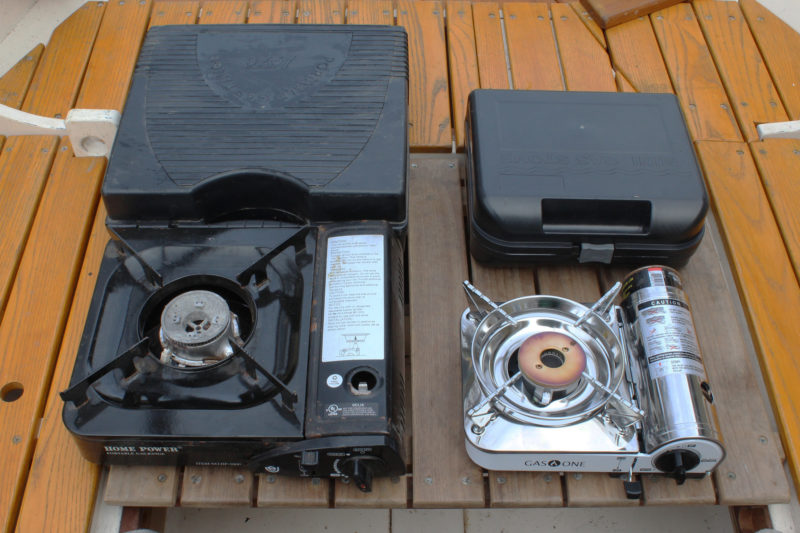
I’ve been using two standard butane stoves for years and they’ve been very reliable. The GasOne can do the same job without taking up as much space on the boat.
The Mini Camp Stove’s steel frame is coated with white enamel, which didn’t burn or blister when I held a lighter’s flame to it. The rest of the body is plated steel. Some retailers list the stove as having stainless-steel construction, but all of the body parts were strongly magnetic. Only the four pot supports and the burner parts proved non-ferrous.
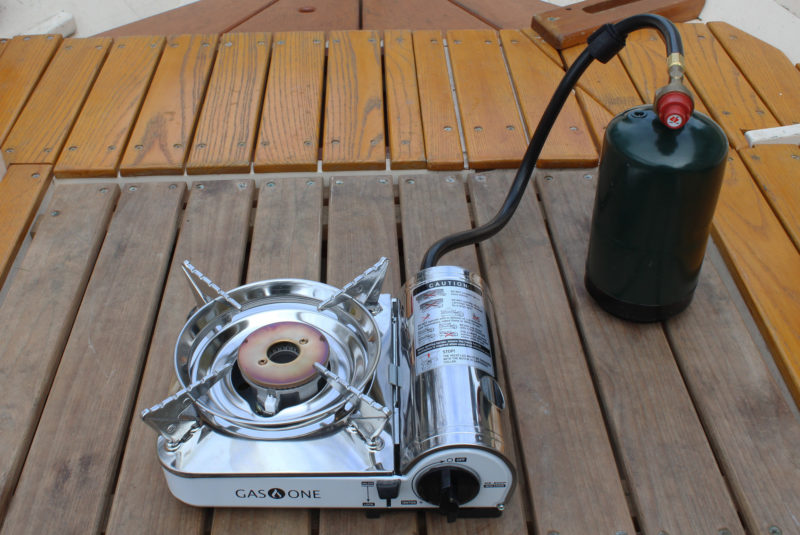
The Mini can use propane fuel when fitted with its hose and adaptor.
The butane fuel canister fits into the compartment to the right of the Mini’s stovetop and is shielded from the heat by a hinged cover. A lever on the front engages the canister to allow the flow of fuel. A dial regulates the fuel and, turned fully counterclockwise, it clicks a piezo ignitor, creating a bright blue spark at the burner to ignite the gas. To use propane, first connect the Mini’s hose to the stove and then to the canister—the hose fittings don’t have a valve, so don’t connect the canister first.
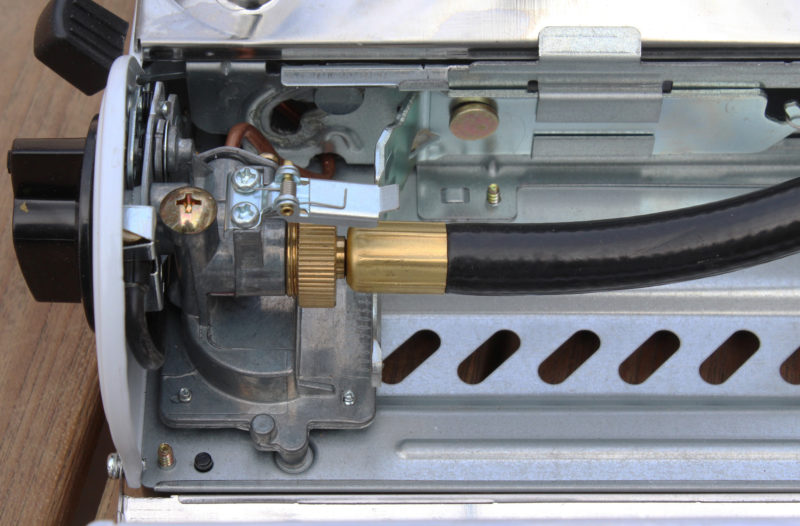
The fuel receiver is threaded to accept the hose that connects to a propane canister.
The stove has a guard surrounding the burner head to prevent a gust wind from extinguishing the flame, but to get the best out of the stove, I bought a folding windscreen to surround the stove and the cookpot. The stove is supported by rubber and plastic feet that elevate the steel body ½”, and whatever I set the stove on got only warm to the touch.
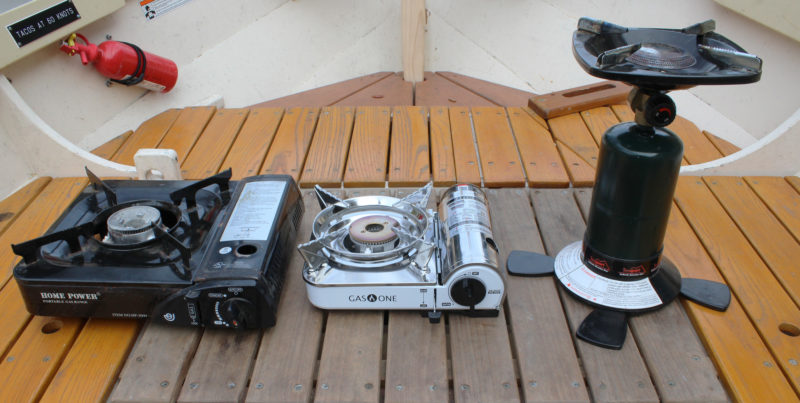
I compared the Mini with the two types of camp stoves that I’ve been using: a standard butane stove (left), and a basic propane stove.
I did trials to see how the Mini compared to my familiar stoves. With the air temperature at 46 degrees Fahrenheit and the water from the tap at 52 degrees, I used my 7″ camping saucepan, uncovered, to bring 2 cups water (500 ml) to a rolling boil. The Mini brought the water to a boil in 3:35 (minutes:seconds) when fueled by butane and 5:20 by propane. The packaging gives the stove’s output as 7,172 BTU/hour for both fuels, but it seems the butane provides more heat. My old portable butane stove, rated 9,500 BTUs, boiled water in 3:40, so the Mini is almost as effective. My son’s propane bottle-top stove, rated at 10,000 BTUs, brought the water to a boil in 3:10; even judging by the sound, it delivers fuel at a higher rate than the Mini. The 6″ burner on my 220-volt range in my home kitchen boiled the 2 cups in 3:45 from a cold start, and in 2:30 when started on a hot burner.
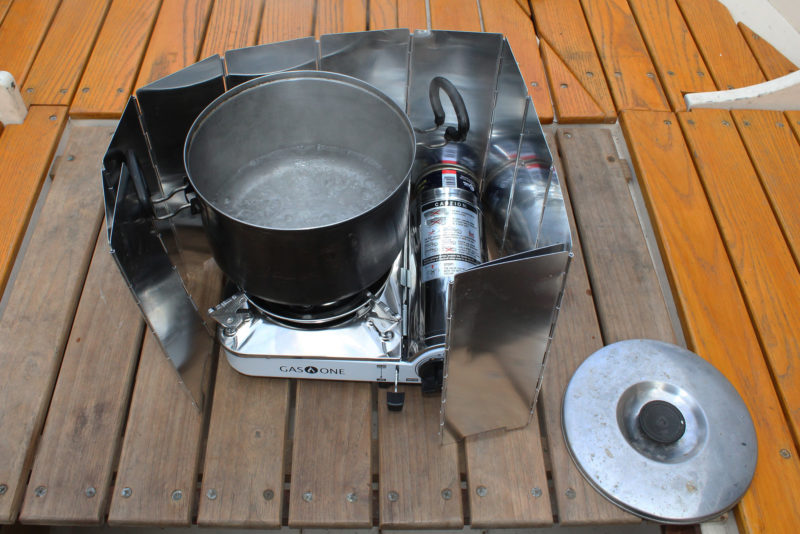
My water-boiling trials demonstrated that the GasOne mini was just as effective as its full-sized butane-burning equivalent.
Butane canisters cool as they’re used, a function of expanding gas, and the pressure drops, so the Mini didn’t burn as hot with continuous use. Switching to a warmer canister brings the pressure back up. (Some of GasOne’s higher-end stoves have a thermal conductive plate to transfer heat from the burner to the canister to keep it warm and maintain pressure.)
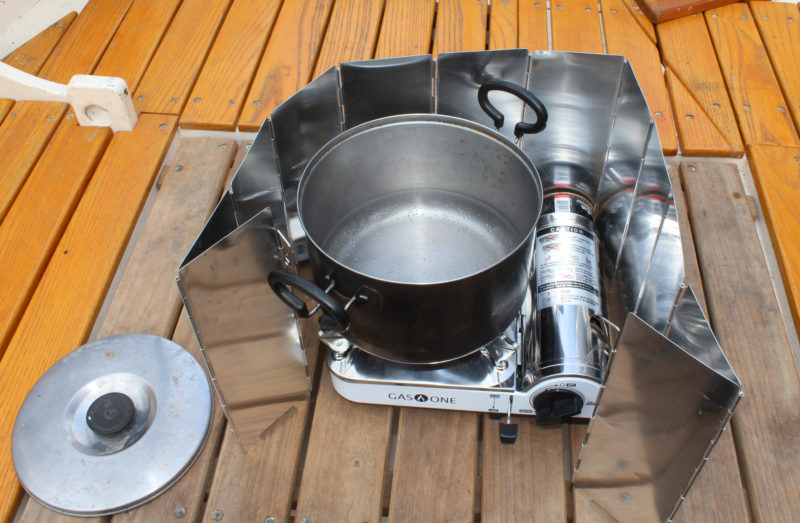
A folding windscreen is a useful addition to the stove. The ring surrounding the burner head protects the flame, but a screen surrounding the stove keeps the heat around the cook pot.
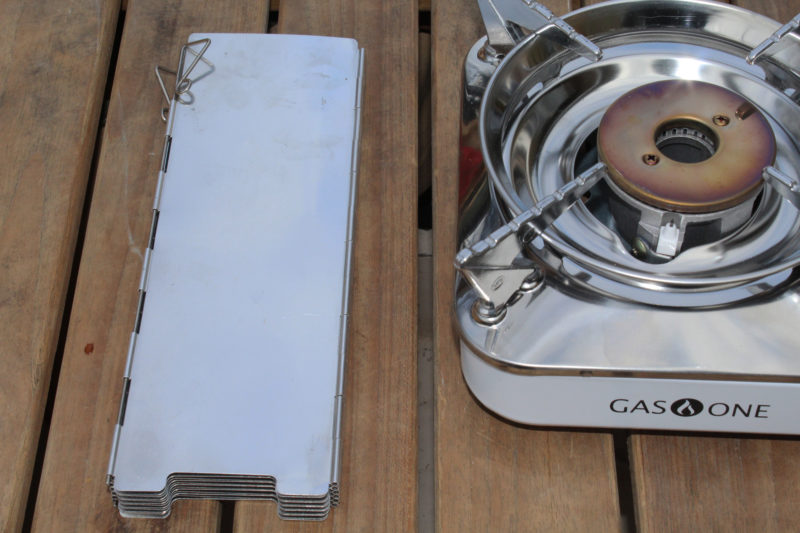
Folded, the screen makes a compact bundle. It is an option from GasOne and sold by many other camping-equipment suppliers.
The Mini will simmer and cook at low heats beautifully. The burner has an inner and an outer ring of ports to create the flame, so the heat, even on a thin pan, is evenly distributed to the food being cooked. Just keep an eye on the flame when you dial it down. The flame will begin to flutter with the dial at its midpoint and extinguish itself at the one-third point, and yet fuel will continue to flow.
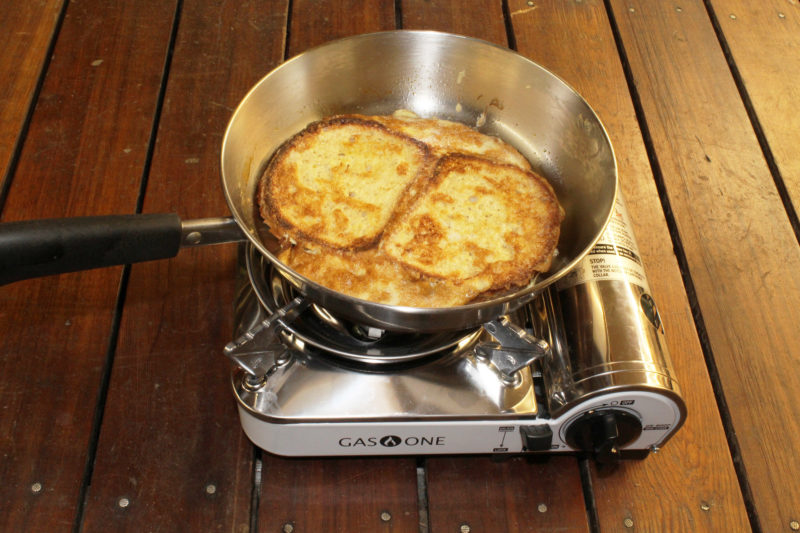
With the flame turned down, it’s easy to cook without scorching, as this eggy batch of French toast shows.
The Mini is bound to get more use than my other camp stoves. It’ll fit in with my galley box with room to spare and easily fit in a small daypack for picnicking.![]()
Christopher Cunningham is the editor of Small Boats Magazine.
The GS-800P Mini Camp Stove from Gas One is manufactured by Gas One and sells for $38.99. The GS-800, without the propane adapter, sells for $26.99. The stoves are also available from outdoor and hardware stores and online retailers.
Is there a product that might be useful for boatbuilding, cruising, or shore-side camping that you’d like us to review? Please email your suggestions.
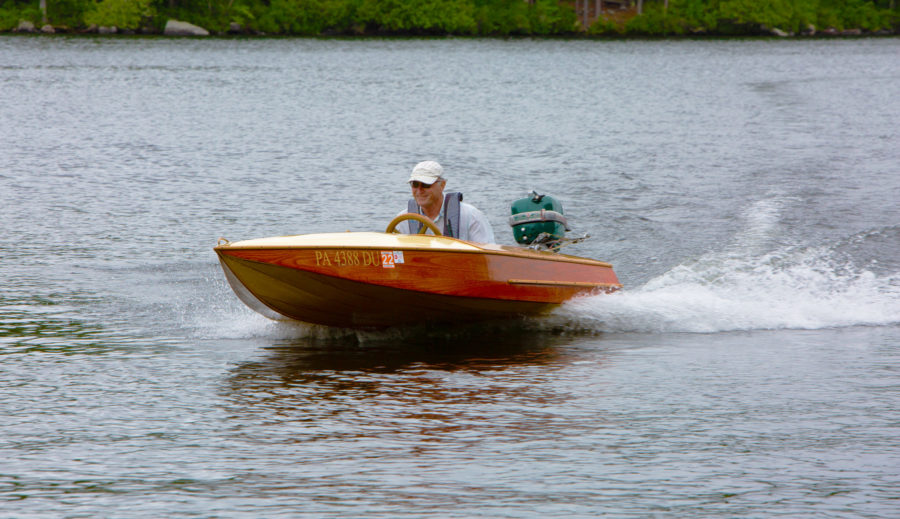
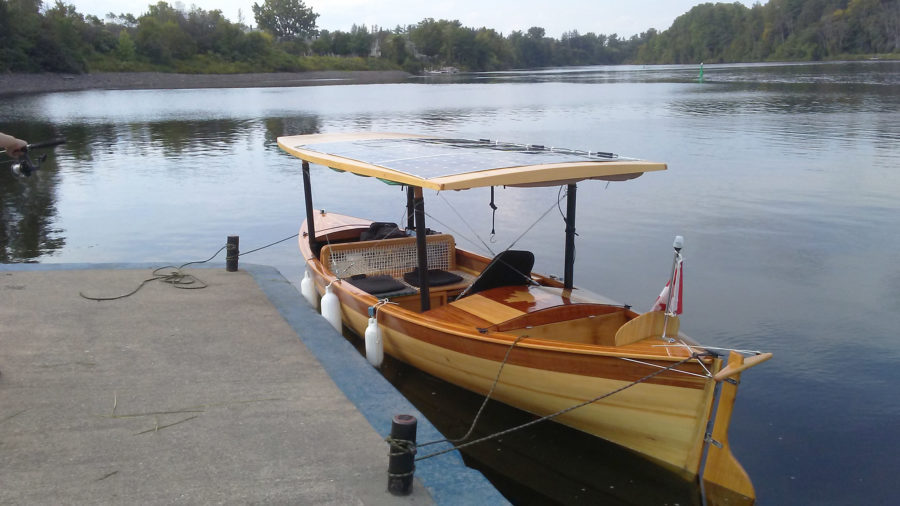
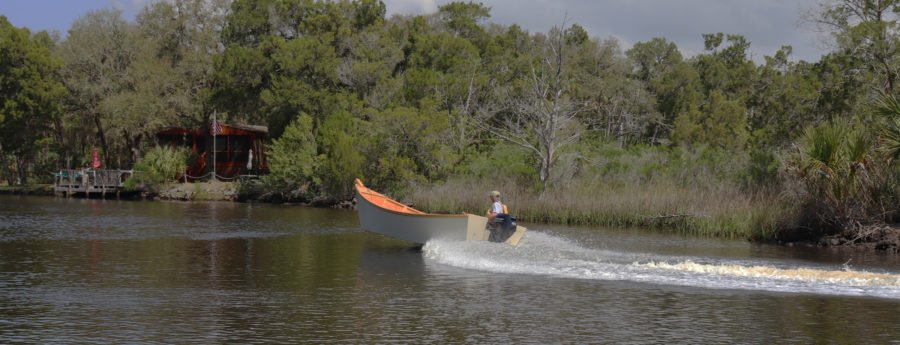
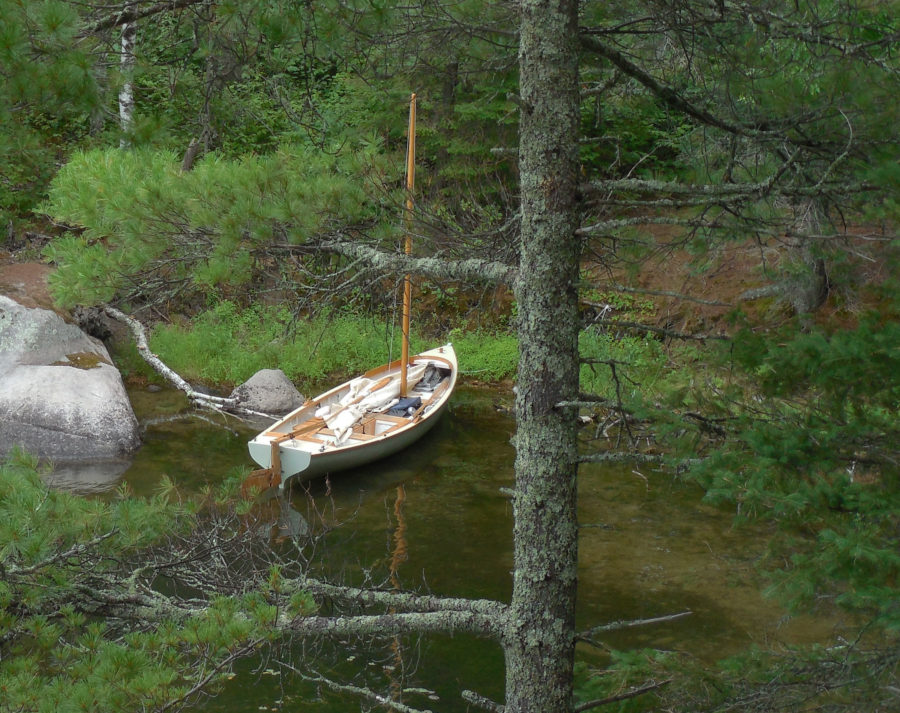
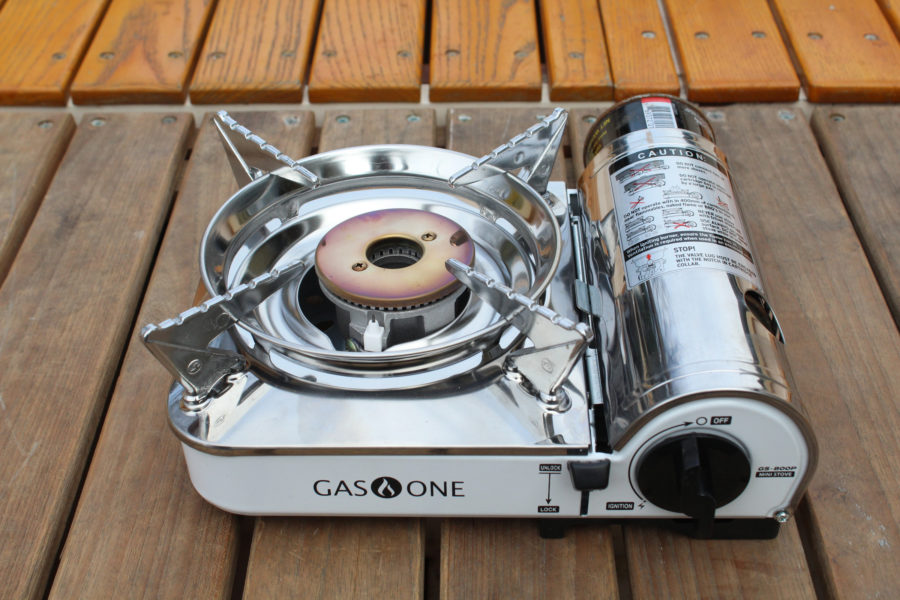
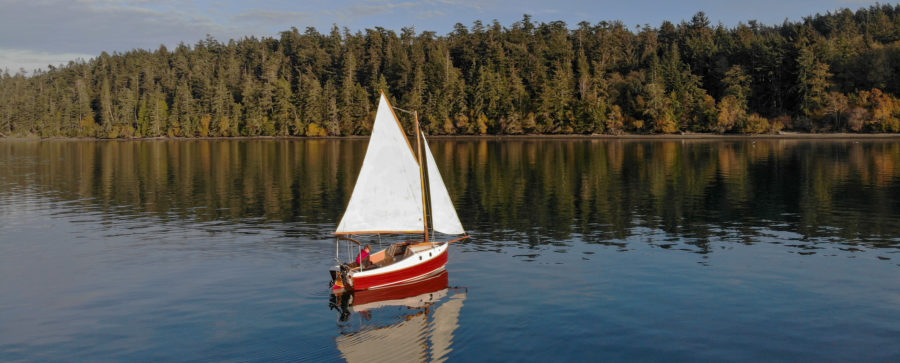

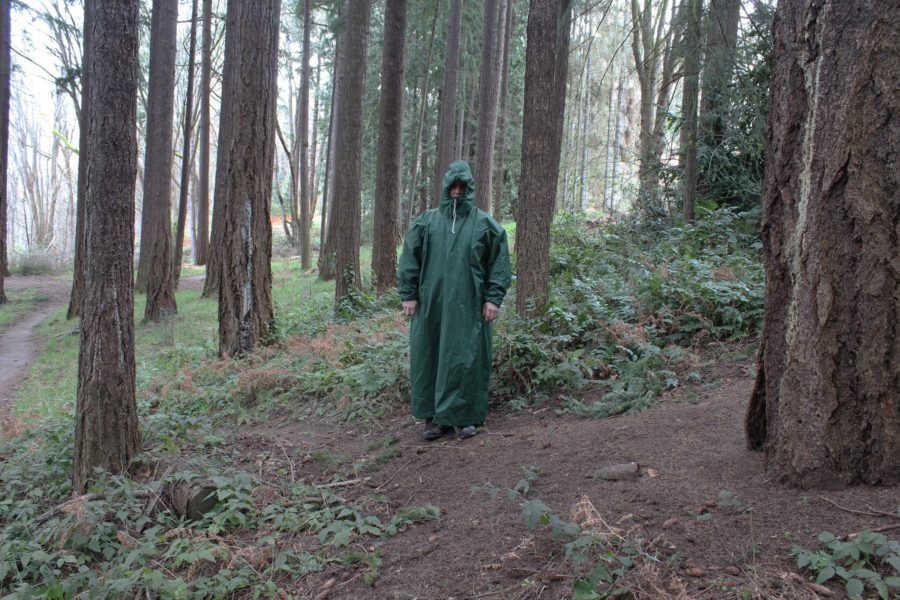
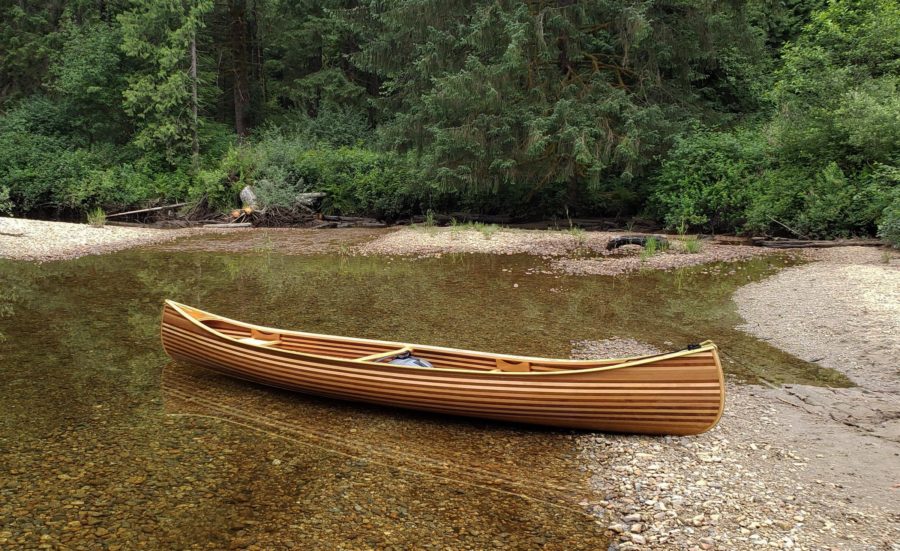

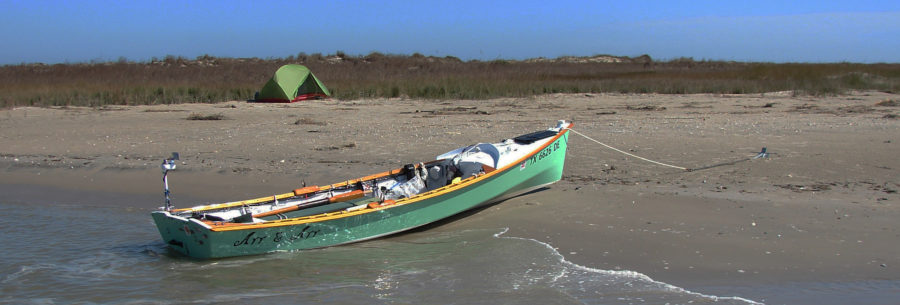
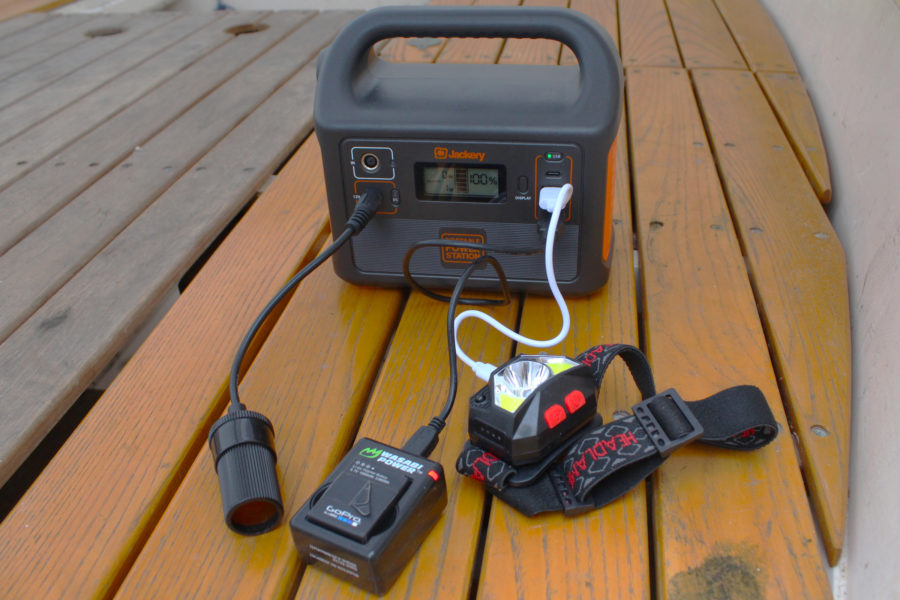

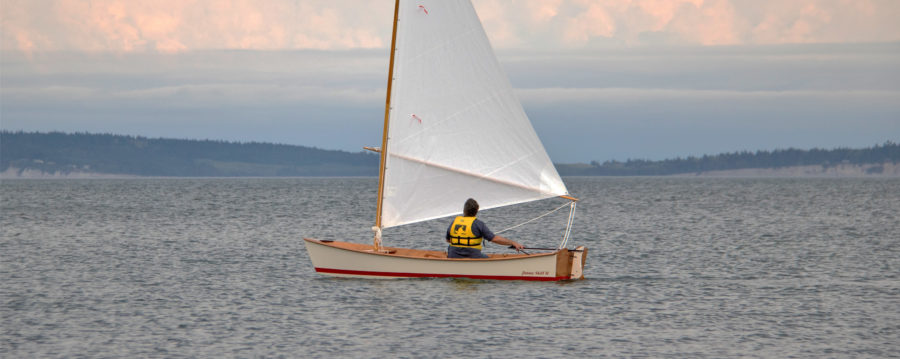
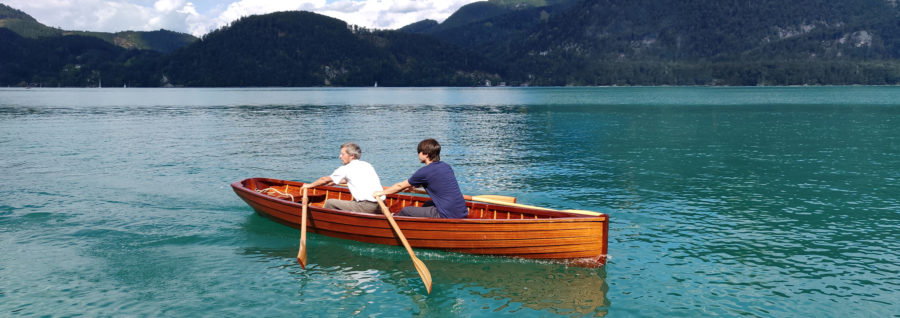
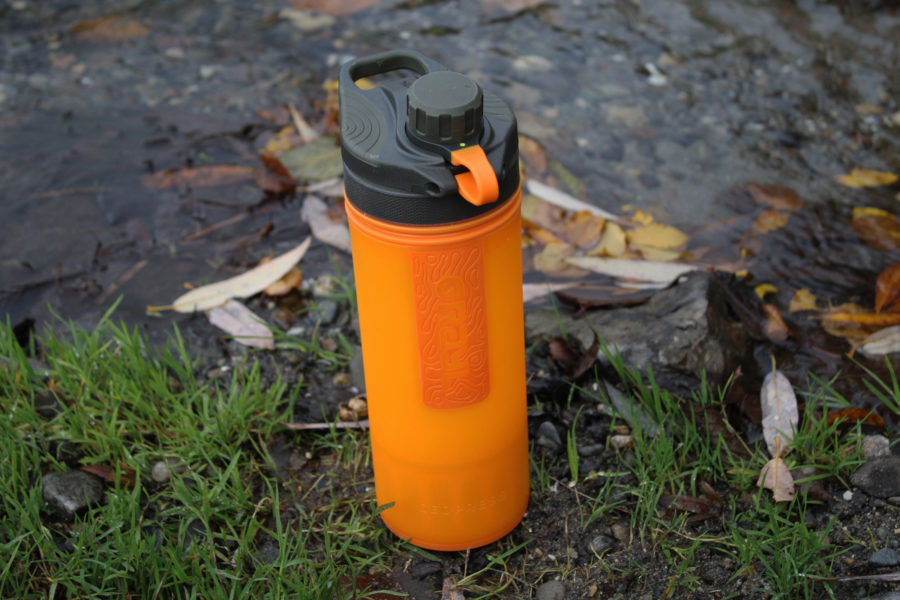
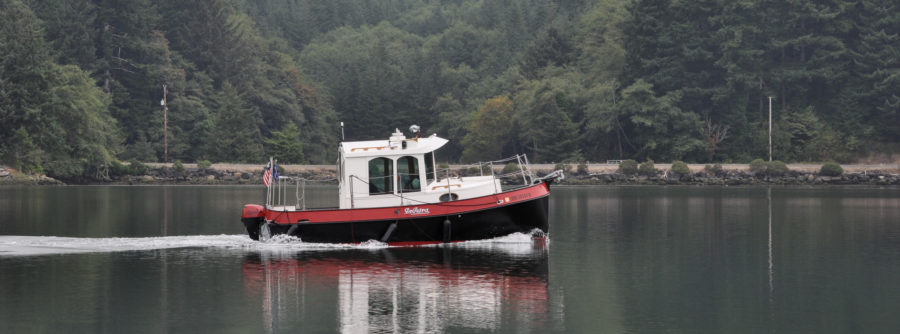
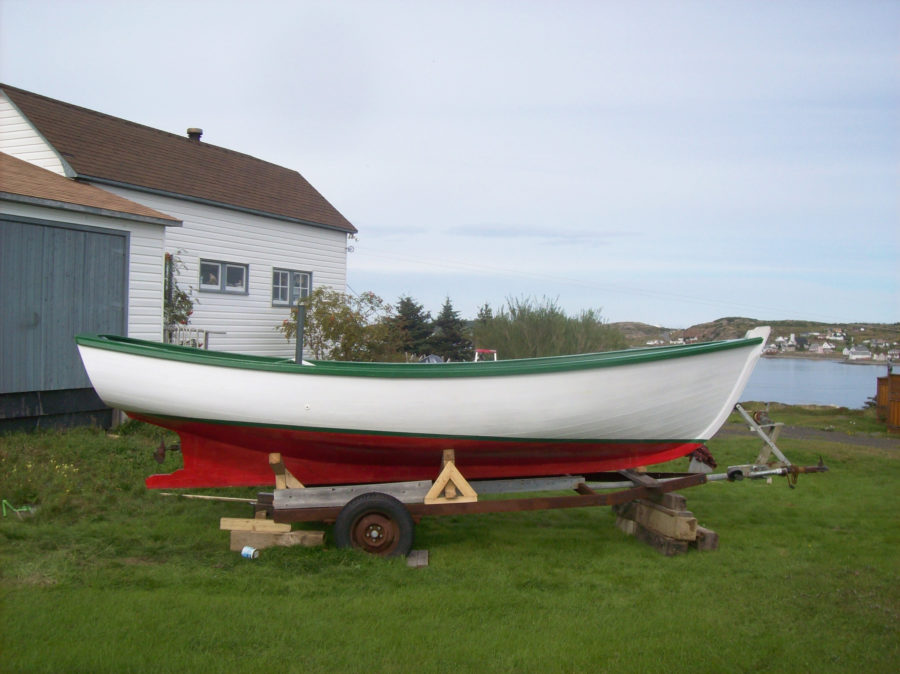
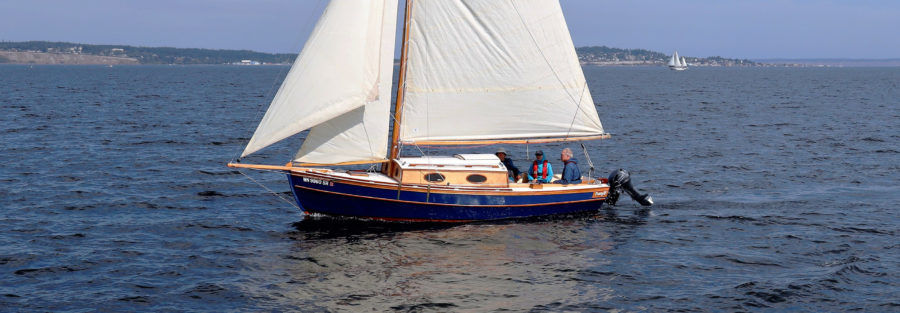
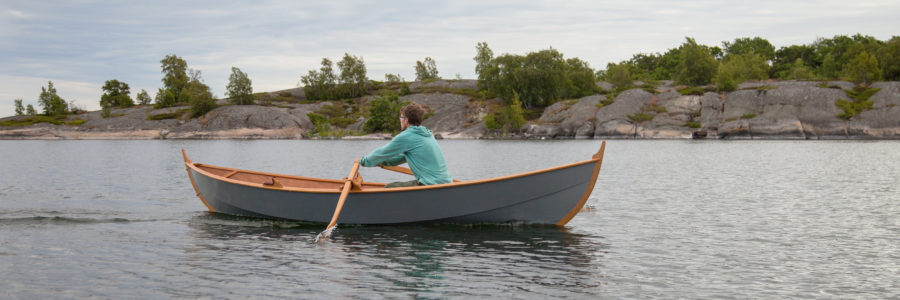

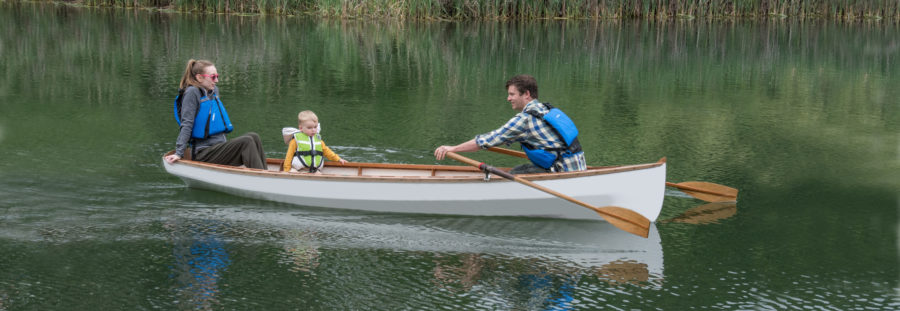
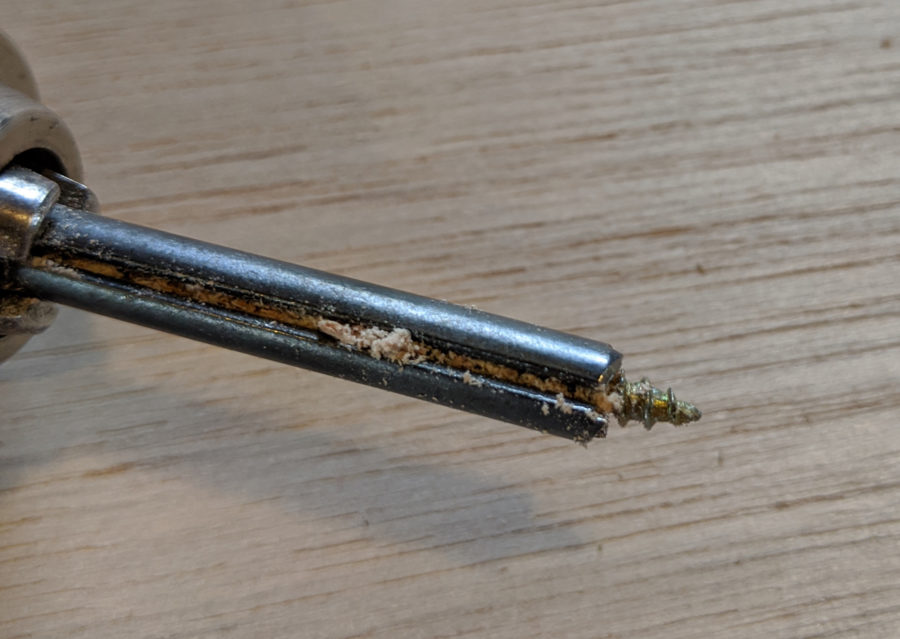
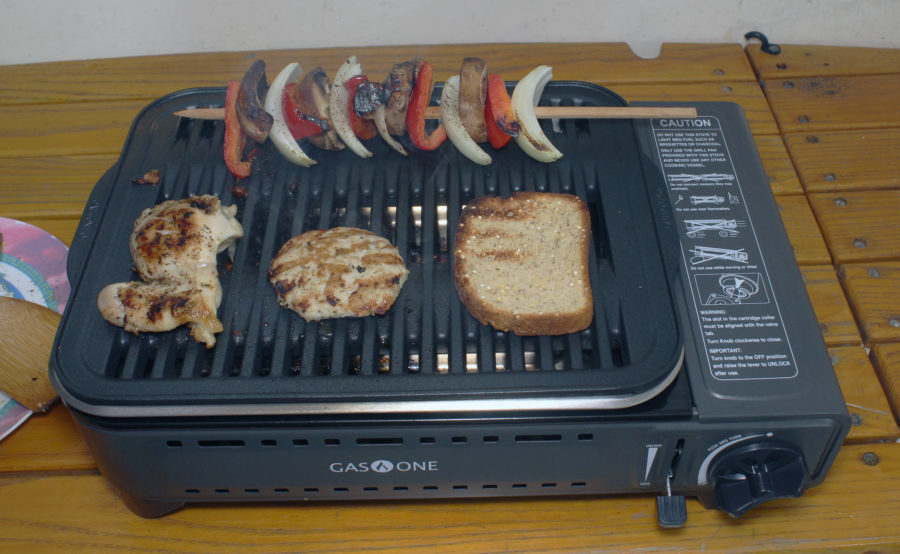
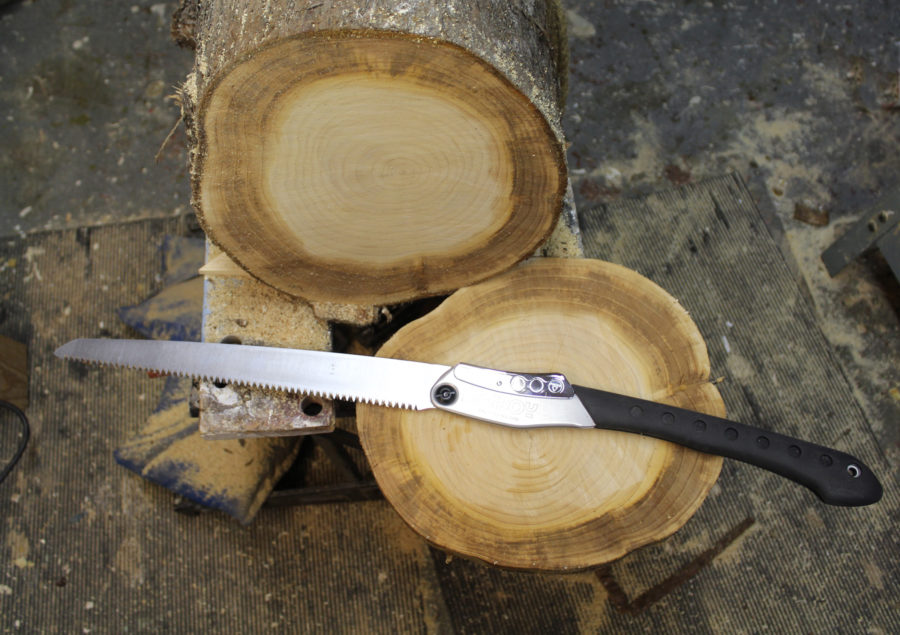
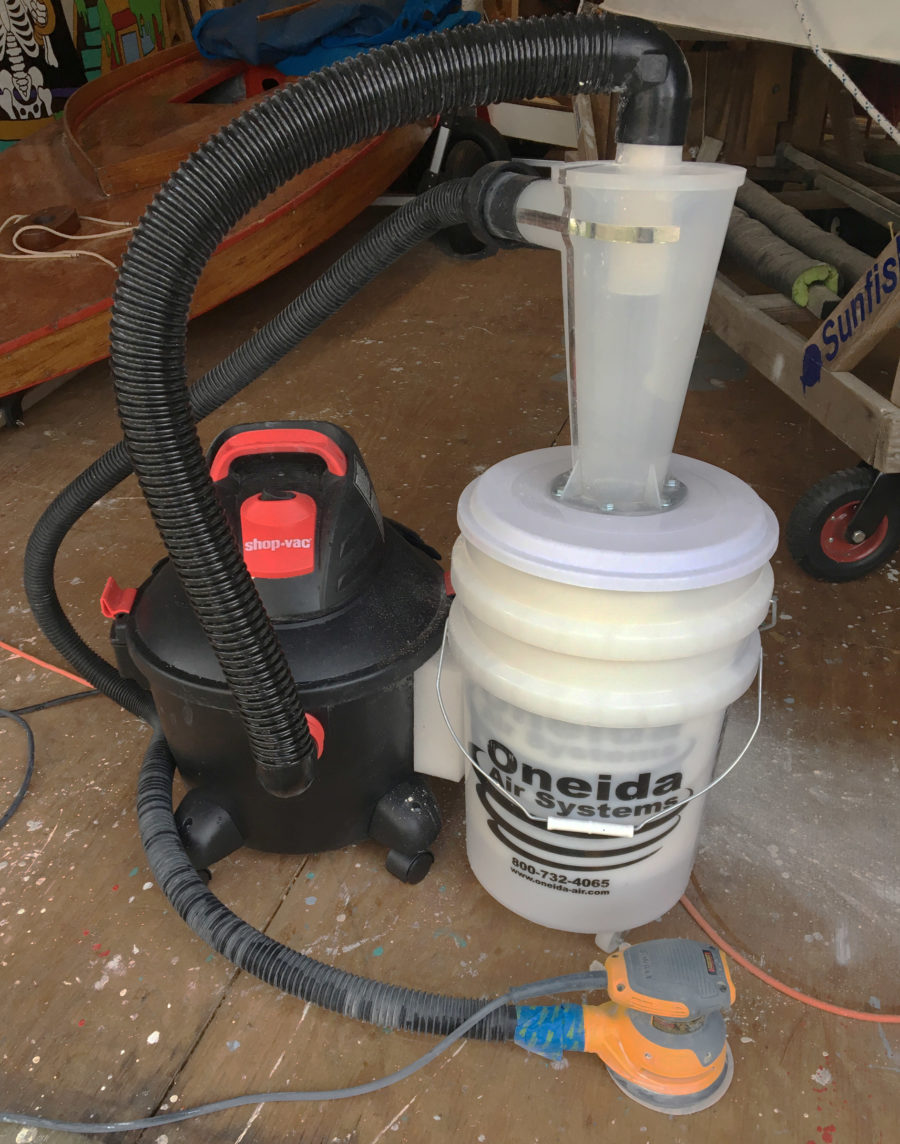
Thank you for all the gear reviews. Interesting unit, size and dual fuel .
I use a butane stove aboard, heats fast but touchy at simmer as you mention
Small cabin boat: both fuels will settle in bilge and both give off carbon monoxide
Most butane stoves note they don’t work below 32 F, thus propane.
Curious if the propane adapter is available separately and would work with my current butane stove. I, too, have an accumulation of small propane bottles. It would be nice to use them up, and National Parks often have recycling for those bottles.
The propane adapter is available separately as a replacement part, but the it will only work with a stove that has been designed to accept it. In the detail photo above, you can see the brass fitting at the edn fo the hose threaded onto the mating part inside the stove. My older stoves, built for butane only, don’t have that part.
I like the size; it would fit in the old kitchen box inherited from my dad, whereas my butane stainless stove, a caterer’s stove, would not. Not sure, however, that I’ll buy another stove, with many miles to go on the stove I have now.
Tacos at 60 knots?
I’ve been waiting for someone to notice that little sign mounted above the fire extinguisher. When my kids, Nate and Ali, were in middle school, I took them out for a summer dinner sail in ALISON, my Caledonia yawl. I thought tacos would be an easy meal to prepare for a picnic under sail, but I hadn’t anticipated what it would be like to eat them. We had a good breeze, and with full sail set, ALISON charged through the chop. Assembling the tacos—a fragile crunchy shell, shredded lettuce, grated cheese, pulled chicken, and diced tomatoes, topped with salsa—was difficult enough in a constantly moving boat. Eating a taco with all of those slippery moving parts was impossible to do neatly. We would have to hold the taco upright to keep everything from spilling out and turn our heads sideway to take a bite. Do that as the bow dropped into a trough, and most of dinner would wind up on our shirt fronts and on the floorboards. Ali, with a skilled deadpan delivery but a poor grasp of nautical terminology, said “Great idea, Dad. Tacos at 60 knots.”
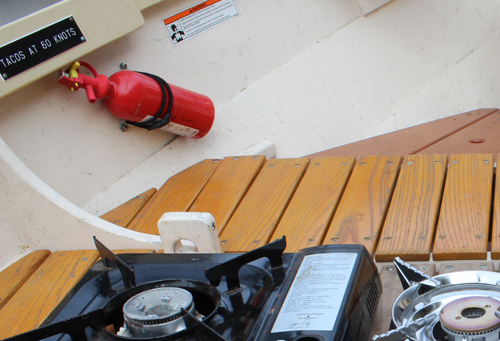
I thought it was only fair to warn others about the dangers of sailing aboard ALISON and had the plaque made.
Thanks for this helpful review, which led me to choose the Mini. I’m wondering about the cooling of the butane can with use. Does this cooling mean that cooking takes longer or about the same time? Or that more fuel is consumed, or less fuel? Good idea to swap a warmer can for a cooled can. In case there’s not a warmer can around, do you have any ideas to safely warm a cooled can?
I don’t know of a way around the cooling gas cylinders for the Mini while it’s in use. Compact backpacking stoves that have a wide canister as a base can be set in a pan of warm water. That won’t work with the Mini. You could remove the cylinder and put inside your coat and warm it with body heat.